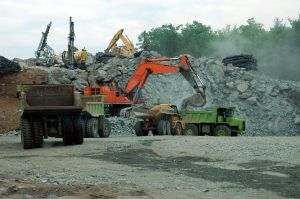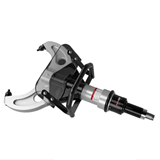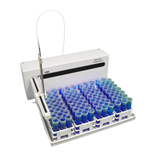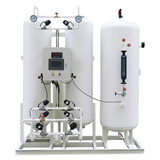Thousands of jobs were lost in 2012 as several central Queensland coking coal mines were shelved because of falling commodity prices, increasing operational costs and a strong Aussie dollar.
The slump put more pressure on the Newman government to create new markets and was partly behind its decision to overturn Queensland's decades-old ban on uranium mining in October.
Sitting uncomfortably with the prospects of renewed growth and new jobs are serious environmental challenges, including threats to floodplains, endangered species and most notably, the Great Barrier Reef.
At the centre of these major mining, rail and port plans is the undeveloped Galilee Basin in central Queensland - home to vast quantities of thermal coal used in power generation.
The Newman government has approved two rail corridors for both the Galilee and Bowen basins, replacing eight different proposals under the previous government.
More than 500 kilometres of rail is expected to cross some of the flattest floodplains in the state.
Some farmers and conservationists fear the lines will disrupt water flow, affect cattle grazing patterns and cause irreparable ecological damage.
Indian-Australian mining consortium GVK-Hancock, part-owned by Gina Rinehart, won the contract to build a north-south rail line while QR National and another Indian giant, the Adani Group, were awarded the east-west corridor.
But GVK's $6.4 billion Alpha mine and rail project stalled when the federal and state governments fought over environmental regulations earlier this year.
Federal Environment Minister Tony Burke eventually approved it after 19 strict environmental conditions were included, but conservation groups in the Whitsundays remain concerned it will disrupt water flows and seriously damage wetlands.
The Galilee coal mines will also involve clearing thousands of hectares that is the habitat of the endangered black-throated finch.
The fight for the finch is most prominent on the Bimblebox nature refuge near Alpha, where mining billionaire Clive Palmer plans to build multi-billion dollar coal mines.
Palmer has downplayed the site's environmental significance, arguing it is a former grazing property that's been degraded by cattle for more than 40 years and is almost devoid of vegetation.
But two botanists who conducted a flora survey found more than 220 different types of plants in two days.
The Galilee is also a potential coal seam and shale gas mining area.
Community concern over CSG activities shifted from groundwater contamination to gas leaks this year.
Footage of the Condamine River near Chinchilla, bubbling like a spa bath, and a hand-held gas detector shrieking when it was held above the river's surface, was posted on YouTube by anti-coal seam gas (CSG) movement Lock the Gate Alliance in May.
The state government and CSG company Origin Energy said the seepage was almost certainly naturally occurring methane from shallow coal seams, but Monash University geology expert Gavin Mudd disagreed.
Dr Mudd said large-scale groundwater extraction involved in CSG mining caused water pressure to drop and gas to migrate.
In August, after firefighters extinguished a bush fire west of Dalby, where Arrow Energy operates its Daandine CSG project, they discovered a gas fire in an old coal exploration well.
Arrow Energy said it did not own the well, and that its nearest CSG well was more than a kilometre away.
Lock the Gates Alliance president Drew Hutton insisted methane was escaping from the well because Arrow had drained water from shallow coal seams.
He said he had seen the same phenomenon in the United States, where all 200 residents of Rawhide, Wyoming, had to be evacuated after a shallow coal seam was dewatered.
CSG will be converted to liquefied natural gas (LNG) in huge plants being built off Gladstone with export expected to start by 2014.
Increased dredging linked to the CSG-LNG projects has been blamed for an outbreak of sores and illness among fish, crabs and other marine life in Gladstone's harbour.
Environmentalists are also concerned the dredging and an increase in cargo ships to the area will put more pressure on the Great Barrier Reef.
The United Nation's environmental arm UNESCO was highly critical of Australia's management of the reef in June.
It said coastal development, ports and shipping were among the most pressing threats, and there was no overall plan for the future sustainable development of the reef.
UNESCO is due to decide next year if the reef should be listed as a World Heritage site in danger.
Any decision to do that will bring into sharp focus the ongoing conflict between nature-based industries, such as tourism, which is increasingly being affected by the resources sector.
Anti-CSG campaigners, and other conservationists worried about how Queensland might look in 20 years, have vowed there'll be no let up in their protests.
The coming year is sure to bring many more skirmishes in the ongoing mining-versus-environment war.











-160x160-state_article-rel-cat.png)












